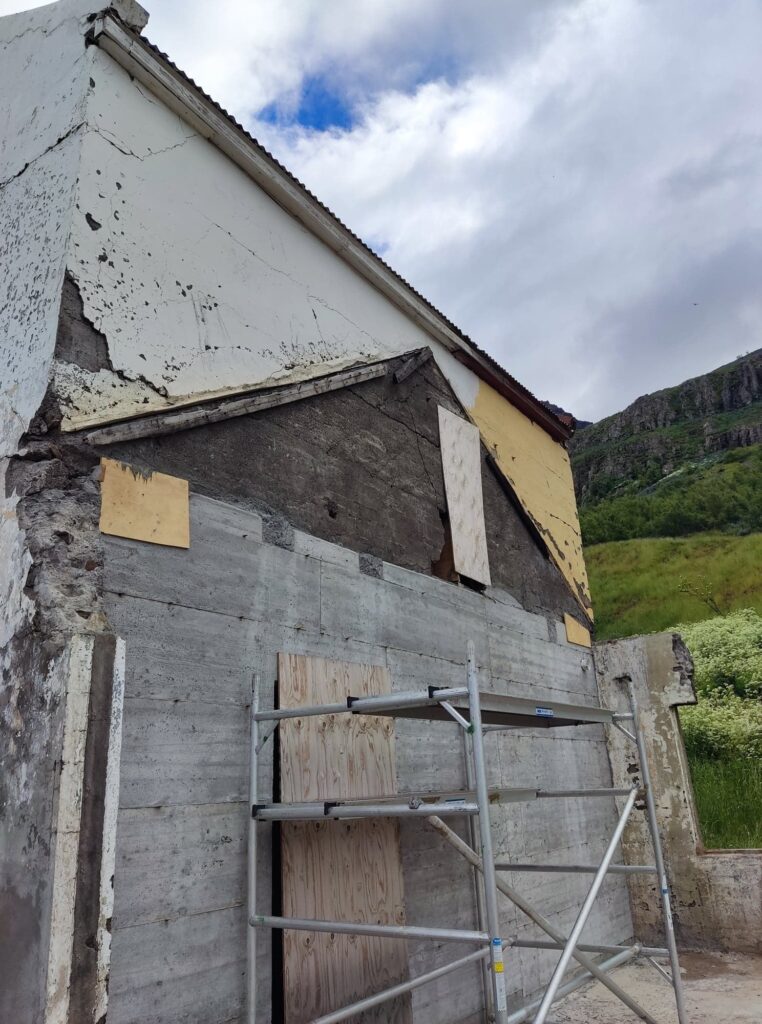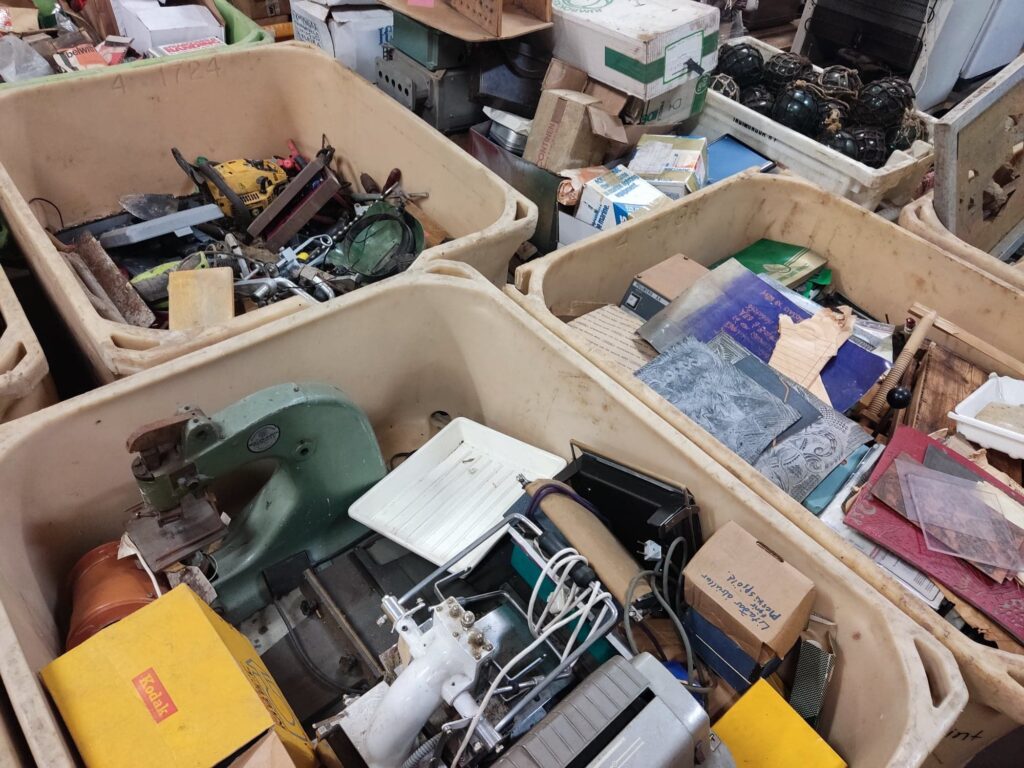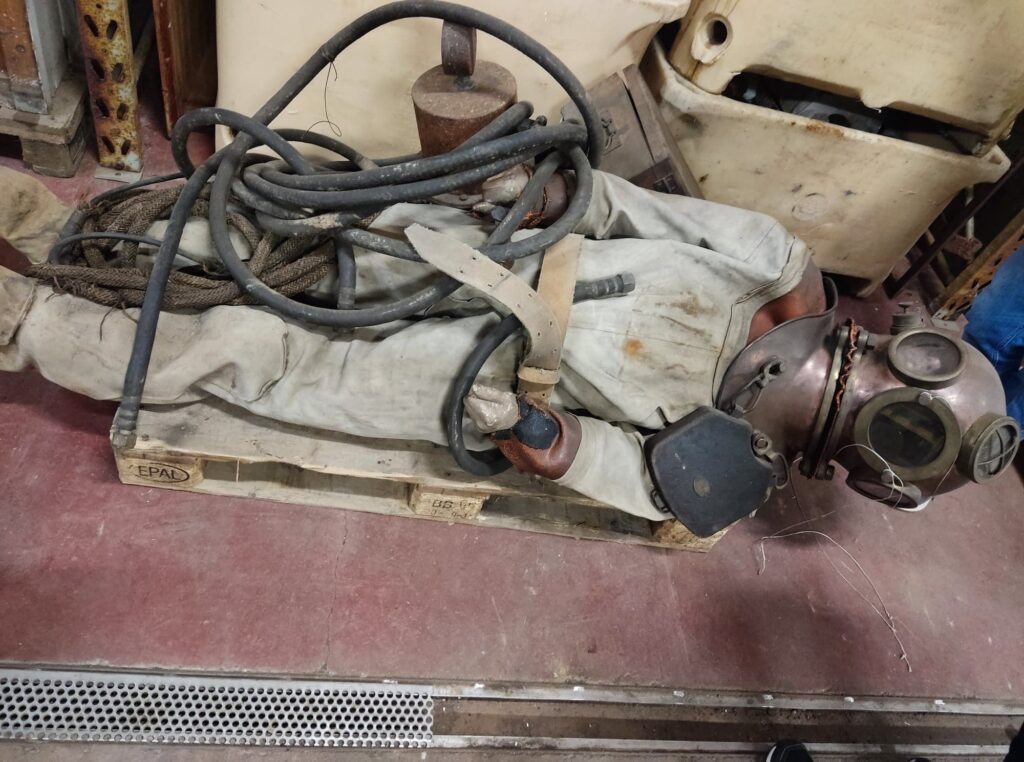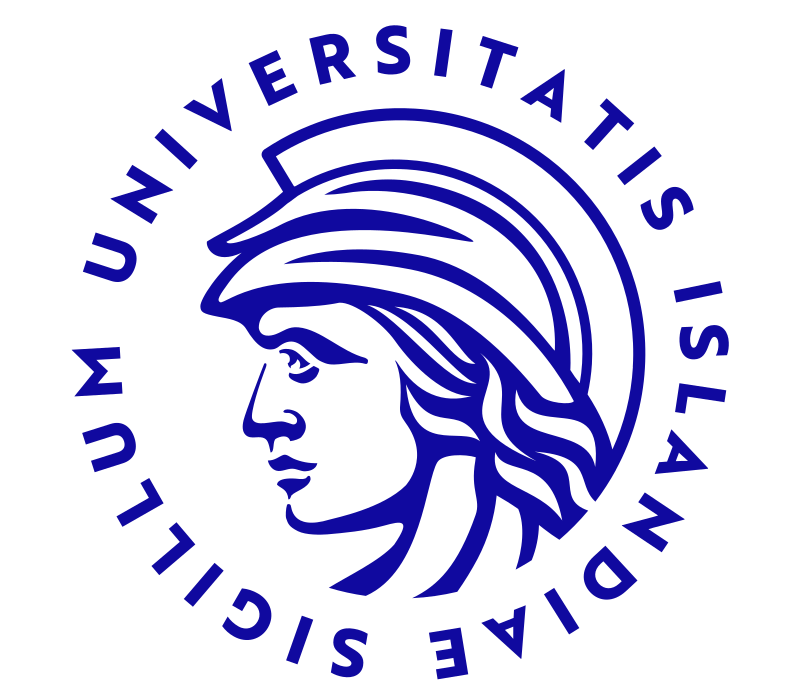In December 2020, a landslide hit the town of Seyðisfjörður, located in the East of Iceland. The natural disaster left behind unprecedented damage and a collective trauma for the people living there. Luckily no lives were lost, but many buildings and houses were swept away. Tækniminjasafn Austurlands (Technical Museum of East Iceland) was one of many buildings that were damaged or destroyed. This damage brought to light a series of issues that museums are facing all over the country: collections are simply too large to be properly stored, cataloged, and preserved, and there is often not sufficient space for new acquisitions to enter a museum collection. Another layer of issues adds up if we consider the impact that environmental preservation, risk preparedness, and natural hazard management have on museum administration and steering at a national level.

The collections of small cultural heritage museums such as the Technical Museum in Seyðisfjörður are “flooded” by non-unique objects that can be found in most of the other regional or local museums in the country. Additional concerns regarding the latter have arisen, with viewpoints from some of the experts who deem that one of the viable solutions would be unifying all regional museums and sharing central storage spaces, and that addressing collections policies would be beneficial.

This project’s focal point was to create a handbook for deaccessioning in Icelandic museums, but the challenge was to consider all of the aforementioned issues in the grand scheme of things. In the handbook, a general framework was created which is customizable depending on the specific situation of the museum who uses the guidelines to progress in their deaccessioning work. The project work has been supported by relevant theories and literature which combines sustainability, deaccessioning, and circular economy in the museum context. Fieldwork has been undertaken in the East of Iceland, where museum professionals both in Seyðisfjörður and Egilsstaðir provided valuable insight into the daily operations of the regional museums and their administration and place within the local community. Visiting the storage and premises of the Technical Museum has helped us put things into perspective and reminded us to consider the powerful force of nature and, by extension, the artificial consequences of its exploitation.

The report includes all the challenges we encountered, as well as valuable inputs that came from experts in the field, our collaborators, our supervisors, and during brainstorming sessions. The interest and support that this project has received have been beyond our expectations: a clear message that the aim of the project is an extremely sought-after and relevant goal for Icelandic museums today.
The material produced in connection to this project, namely the Deaccessioning Handbook and the Project Report, has been presented in a panel during the FÍSOS Farskóli, which took place at Hotel Hallormsstaður on the 21st -23rd September, 2022. The FÍSOS Farskóli is an annual professional conference for museum professionals in Iceland, and the 2022 theme/title was “Söfn á tímamótum” (Museums at a Crossroads).
